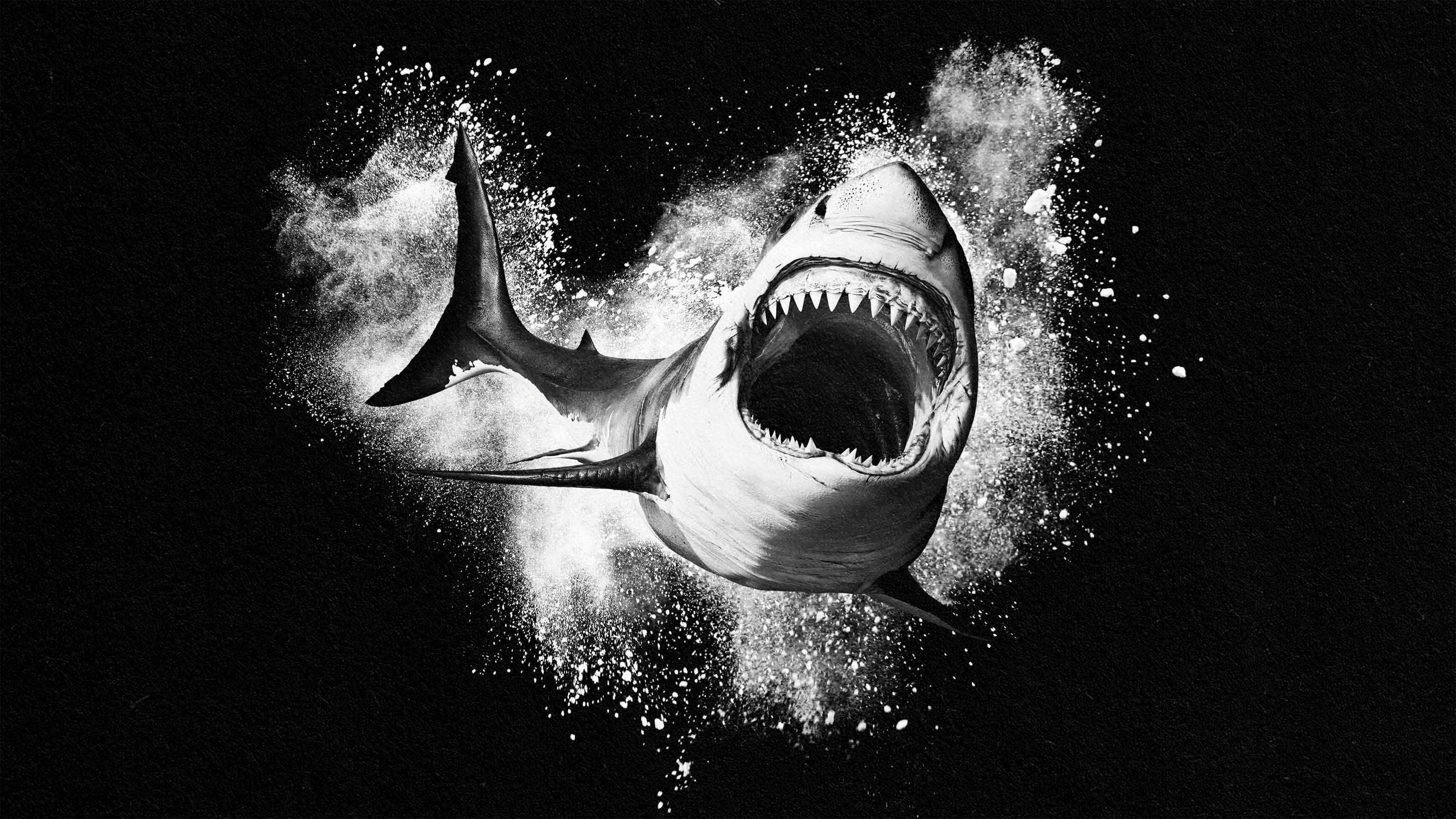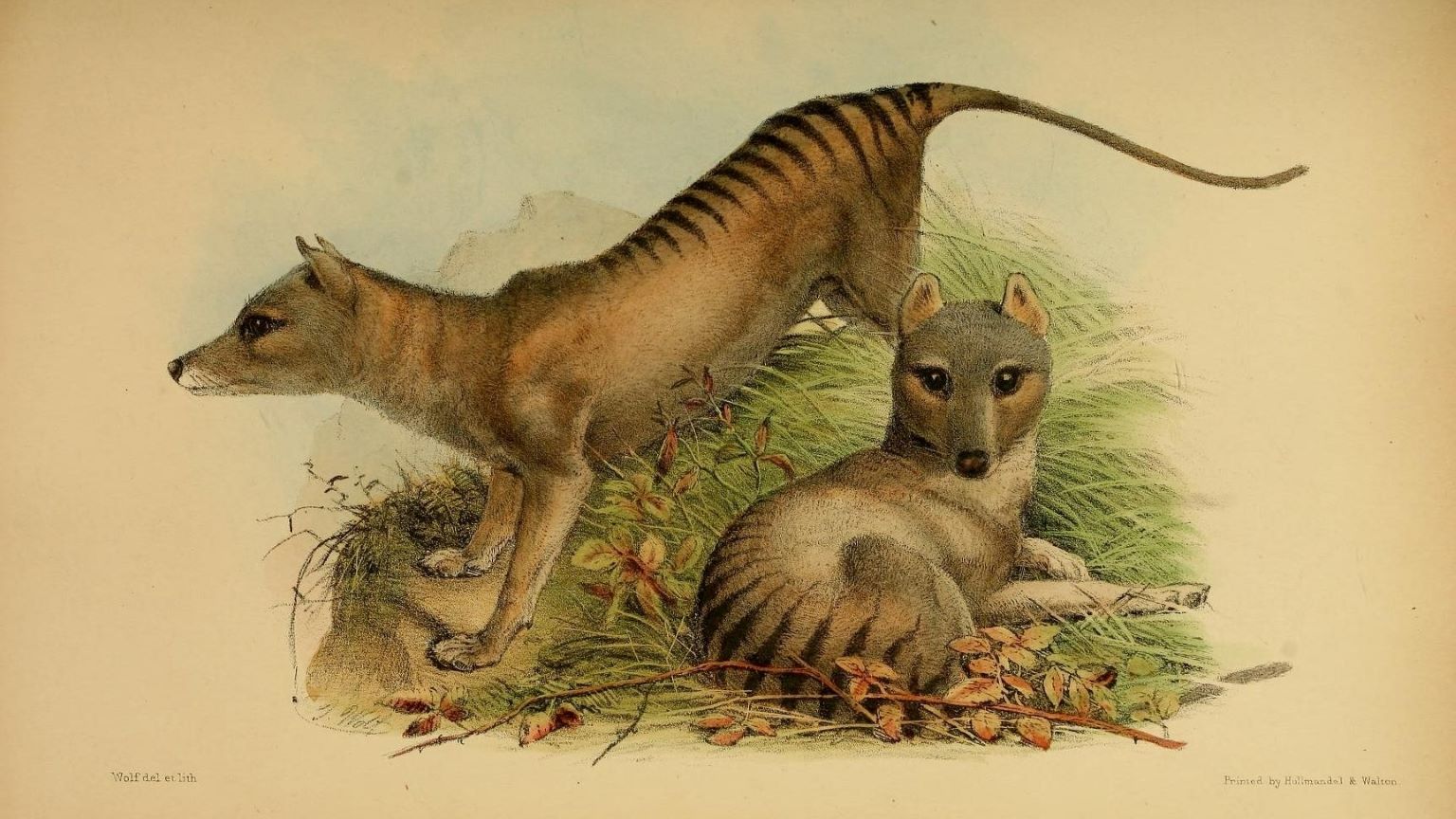Veteran Filmmaker Criticizes Violent “Wildlife Pornography” on TV and at Amusement Parks

Chris Palmer, director of the Center for Environmental Filmmaking at American University, argues in an op-ed at CNN.com that the tragic accident at SeaWorld Orlando should draw renewed attention to the ethics and safety of keeping Orcas as captive performing animals for spectators. As Palmer, a veteran of more than 25 years of wildlife filmmaking, writes:
Orcas and other large predators should not be held in captivity unless those doing so can make an overpoweringly persuasive case for it — mainly that the animal’s release into the wild, perhaps after an injury, will mean certain, immediate death. One reason behind my conviction: The lesson too many take away from marine park shows is wild animals are like pets. Some can be trained to obey a human’s command on occasion, but no matter how much they may learn to tolerate human interaction, these animals are far from tame.
Palmer argues that amusement parks are part of a larger entertainment media industry trend–led by television programming and film–that promotes increasingly violent depictions of wildlife while promoting among audiences a false impression of the nature of animals, especially predators. As Palmer writes of this trend towards violent “wildlife pornography”:
We are more comfortable watching from behind the safety of a clear barricade or on TV from the comfort of our couch. Here, we see animals as people-friendly, cuddly or as menacingly violent. We anthropomorphize them as having feelings and reactions similar our own. This makes the death of 40-year-old whale trainer Dawn Brancheau surprising to us. That it doesn’t happen more often is the surprise.
There is one other aspect of our modern distance from nature that I believe we should acknowledge — it is of a piece with this discussion.
I would suggest the dark flip side of audiences flocking to benign animal shows at theme parks is the impulse to watch increasingly violent wildlife films and TV shows.
Viewers thrill to films that show wild animals mating or hunting prey, complete with gnashing fangs, ripping flesh and spilling blood. It is, after all, an adrenaline rush. And what audiences want, entertainment organizations aim to provide by going to increasingly dangerous extremes.
The aggressive tactics used to draw animals to film sites and capture unnatural scenes, such as man-made feeding frenzies, produce what some call “wildlife pornography” — films in which animals are exploited for viewers’ pleasure and funders’ return on investment.




